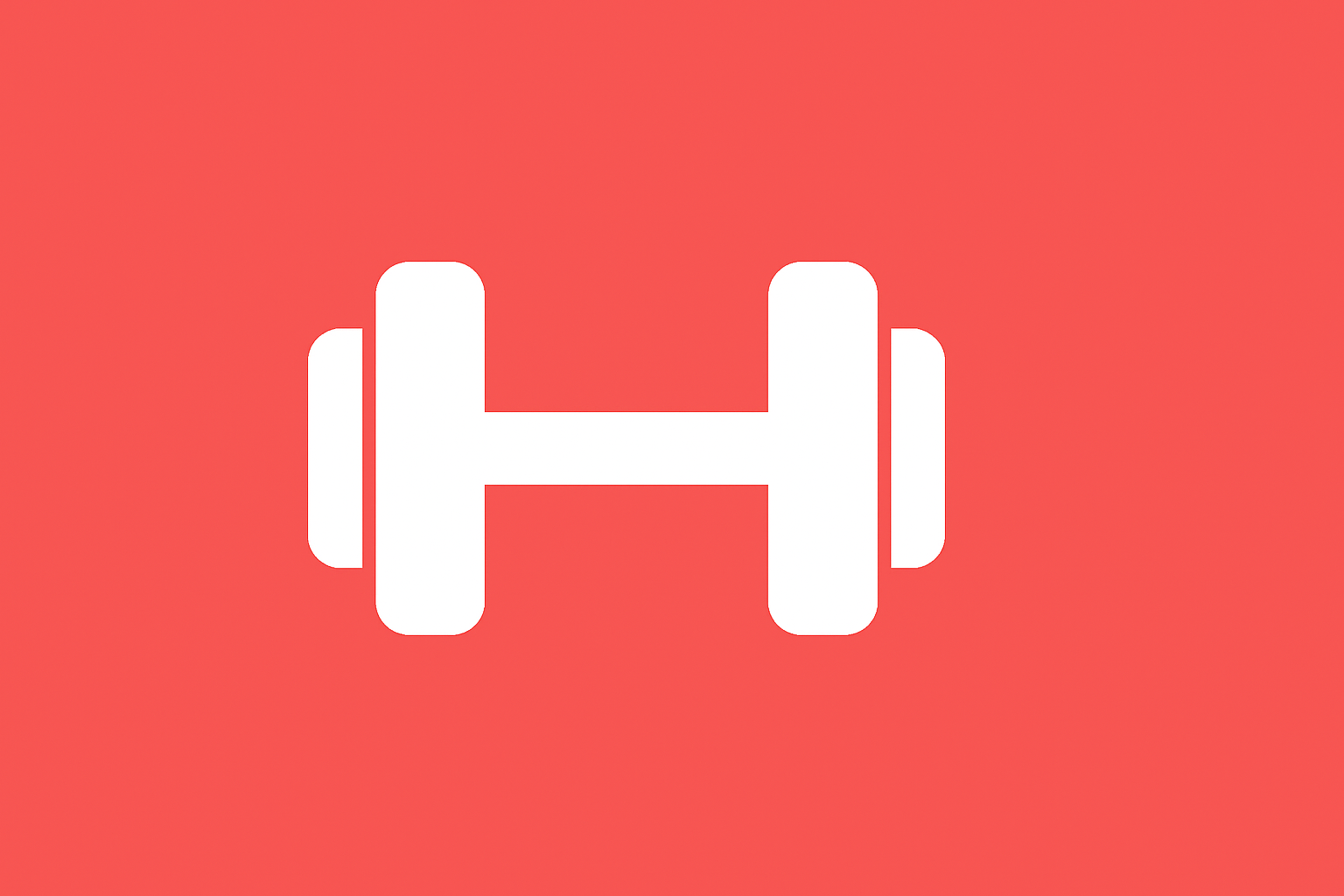High-Intensity Interval Training (HIIT) is a form of cardiovascular exercise that involves short bursts of intense activity followed by brief periods of rest or lower-intensity exercise. This workout method has gained immense popularity due to its efficiency and effectiveness in improving fitness levels and promoting weight loss.
What is HIIT?
HIIT workouts are characterized by alternating between high-intensity exercises and short recovery periods. The high-intensity periods push your body to its maximum capacity, while the low-intensity periods allow for recovery, preparing you for the next round of high-intensity activity.
Benefits of HIIT
- Time Efficiency: HIIT workouts are typically shorter in duration compared to traditional workouts, often lasting between 15 to 30 minutes.
- Increased Calorie Burn: Due to the high intensity, HIIT workouts burn more calories in a shorter period. Additionally, they increase your metabolic rate even after the workout is over.
- Improved Cardiovascular Health: HIIT has been shown to improve cardiovascular fitness more effectively than moderate-intensity continuous training.
- Muscle Preservation: Unlike steady-state cardio, HIIT can help in preserving muscle mass while promoting fat loss.
- Variety and Flexibility: HIIT workouts can be customized to fit individual fitness levels and preferences, incorporating a variety of exercises and equipment.
How to Perform a HIIT Workout
A typical HIIT workout includes a warm-up, several rounds of high-intensity exercise alternated with rest or low-intensity periods, and a cool-down. Here’s a basic structure:
-
Warm-Up (5-10 minutes):
- Start with light cardio exercises like jogging, jumping jacks, or dynamic stretches to prepare your muscles and joints.
-
HIIT Rounds (15-20 minutes):
- Choose 4-6 high-intensity exercises (e.g., sprinting, burpees, jump squats, push-ups).
- Perform each exercise at maximum effort for 20-30 seconds.
- Follow with 10-30 seconds of rest or low-intensity activity (e.g., walking in place).
- Repeat the cycle for 4-6 rounds.
-
Cool-Down (5-10 minutes):
- Gradually reduce your activity level with light cardio followed by static stretching to aid in recovery and prevent injury.
Sample HIIT Workout Plan
Warm-Up
- Jogging in place: 2 minutes
- Arm circles: 1 minute
- Leg swings: 1 minute
- Dynamic lunges: 1 minute
HIIT Circuit (Repeat 4 times)
-
Jump Squats:
- 30 seconds of jump squats
- 15 seconds rest
-
Push-Ups:
- 30 seconds of push-ups
- 15 seconds rest
-
Burpees:
- 30 seconds of burpees
- 15 seconds rest
-
Mountain Climbers:
- 30 seconds of mountain climbers
- 15 seconds rest
-
High Knees:
- 30 seconds of high knees
- 15 seconds rest
Cool-Down
- Walking: 2 minutes
- Static stretching: 5 minutes (hamstrings, quadriceps, shoulders, calves)
Tips for Effective HIIT Workouts
- Listen to Your Body: HIIT is demanding; ensure you’re not overexerting yourself.
- Maintain Proper Form: Quality over quantity. Proper form reduces the risk of injury.
- Stay Hydrated: Drink water before, during, and after your workout.
- Gradually Increase Intensity: Start with shorter intervals and lower intensity, then gradually increase as your fitness improves.
- Include Variety: Change your exercises regularly to keep your workouts interesting and to challenge different muscle groups.
Conclusion
HIIT workouts are an excellent choice for those looking to maximize their workout efficiency, improve cardiovascular health, and burn calories in a shorter amount of time. Whether you’re a beginner or an experienced athlete, HIIT can be tailored to meet your fitness goals. Remember to warm up properly, maintain good form, and listen to your body to enjoy the full benefits of HIIT training.

